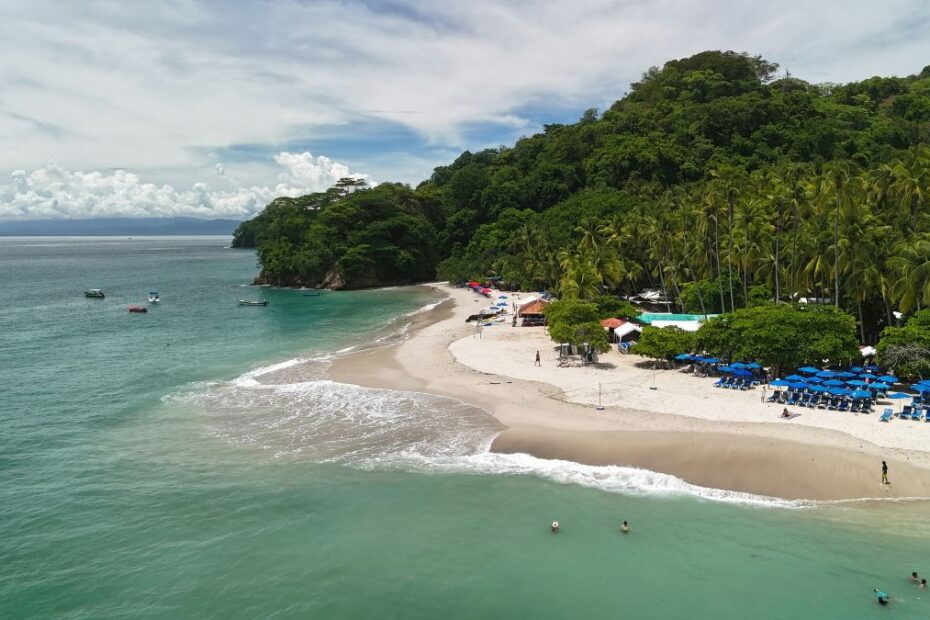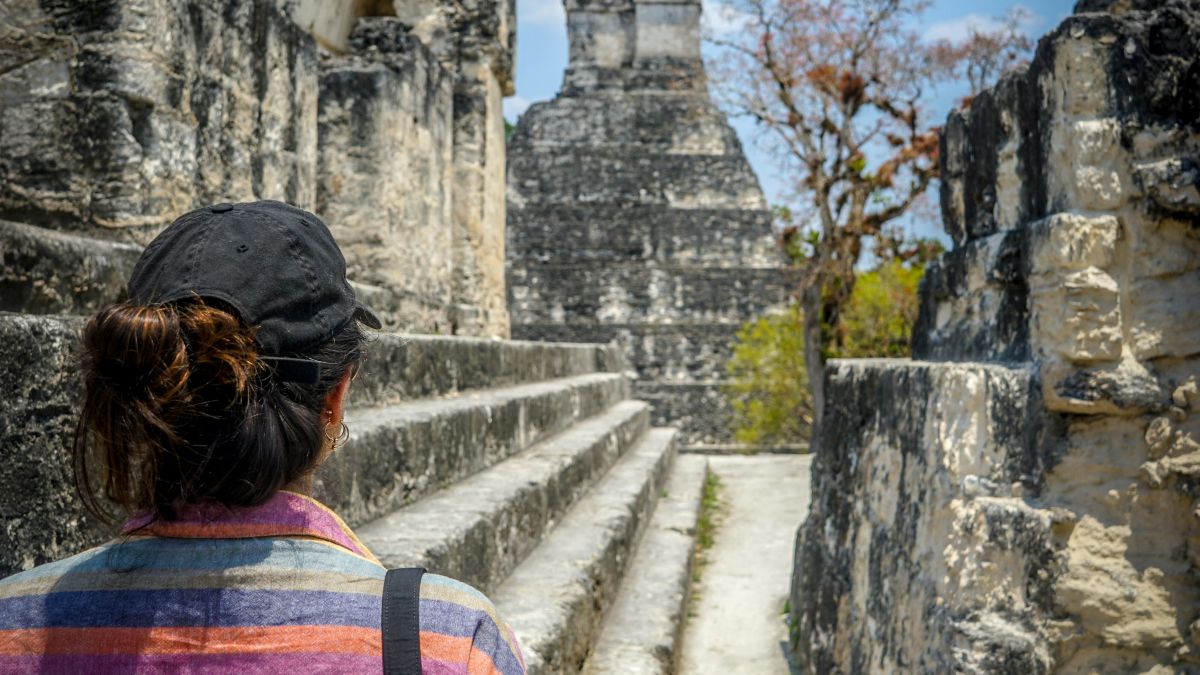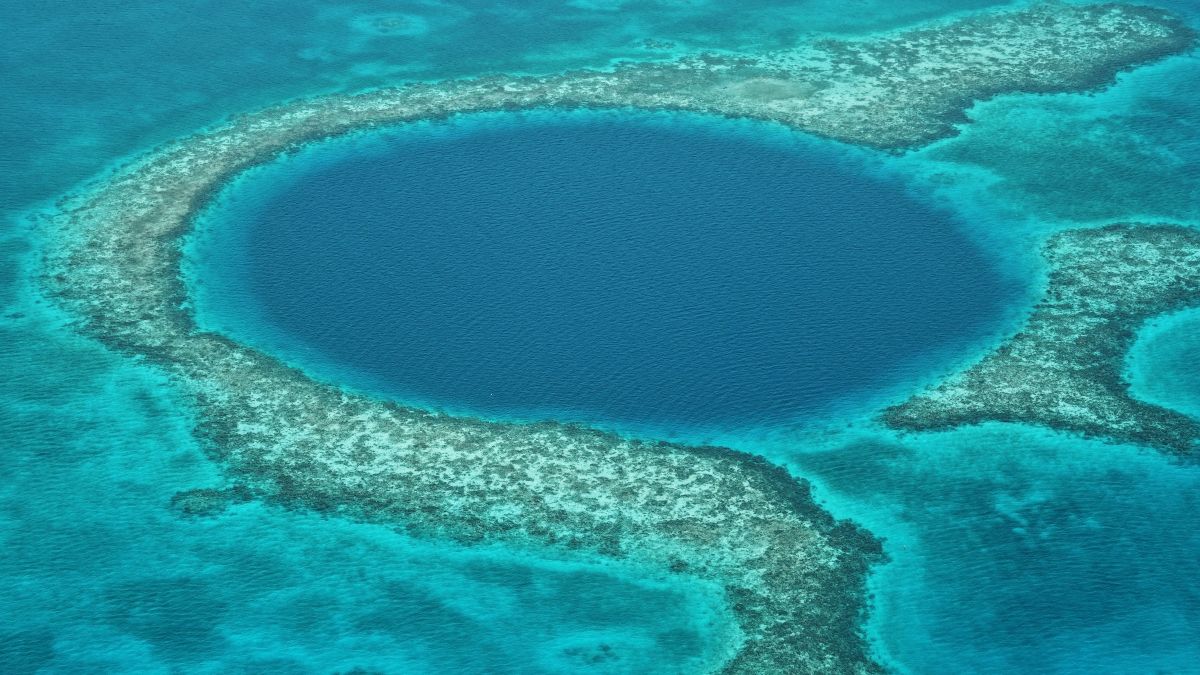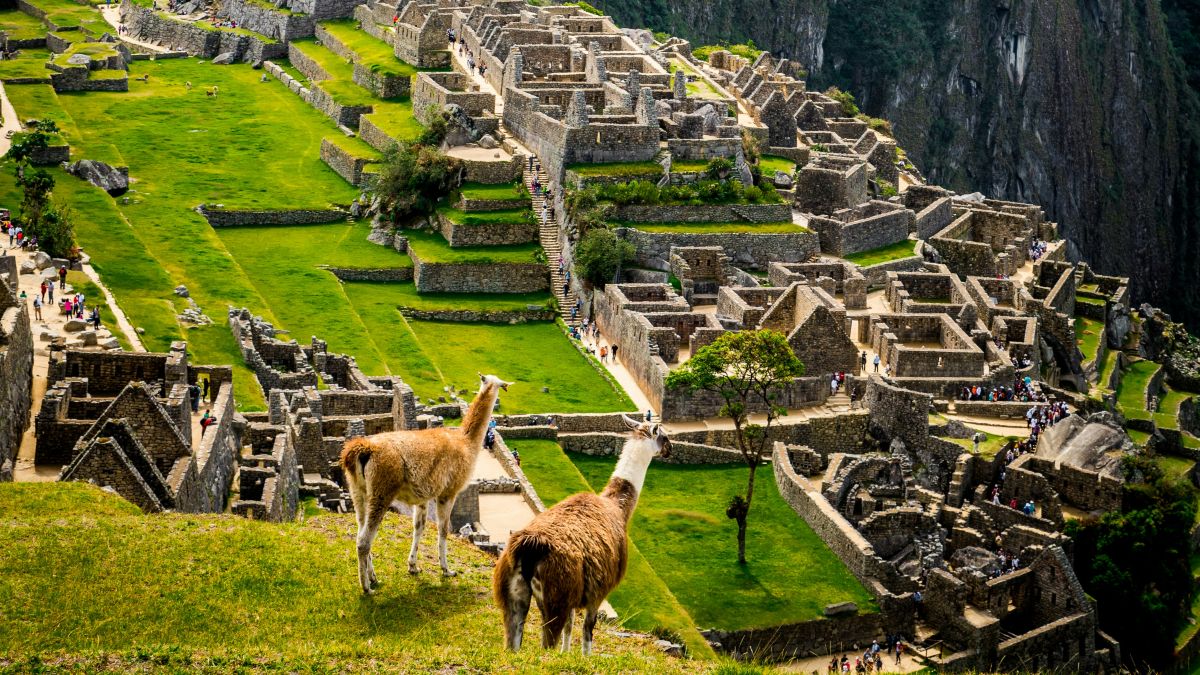Costa Rica tourism professionals discuss the factors behind the recent low-season visitor decline, from currency issues to infrastructure challenges, while some argue that the numbers simply show a return to normal seasonal patterns after the pandemic.
Members of “Empresarios y Trabajadores de Turismo en Costa Rica,” a Facebook group representing some 16,000 tourism professionals across Costa Rica, have been discussing the recent September-November decline in visitor numbers, offering firsthand insights into the challenges facing the industry.
The conversation was sparked by a December 27th article published in El Observador, highlighting data from the Costa Rican Tourism Institute (ICT) showing tourist arrivals fell by 5.4% in November 2024 compared to the previous year, following similar drops of 5.9% in September and 5.4% in October. This downturn ended 41 consecutive months of growth since April 2021, prompting industry professionals to share their perspectives on the causes.
It’s important to note that September and October traditionally mark the lowest point of Costa Rica’s low season, which runs from April to November. The tourism ministry’s marketing director, Carolina Trejos, explained that these months typically see the lowest visitor numbers of the year, even during normal tourism cycles.
Economic and Pricing Challenges Lead Concerns
The strength of the Costa Rican colón emerged as a primary concern among tourism professionals. With the exchange rate (on January 3, 2025) hovering around ₡510 to the dollar, many businesses report being forced to raise their prices significantly. One professional shared how three-day packages that once cost $180 per person before the pandemic now exceed $400 for the same services. Another noted that some local restaurants now charge more than high-end establishments in Europe.
Several group members criticized the government’s monetary policy, arguing that while it benefits importers, it makes Costa Rica less competitive compared to destinations like Colombia and the Dominican Republic, where currency devaluation has made tourism more affordable for international visitors instead of less.
The impact is particularly noticeable in European markets, with data showing significant declines in visitors: German tourism dropped 6.6%, British arrivals fell 17.1%, and French tourism decreased by 5.1%. U.S. arrivals, representing Costa Rica’s largest market, declined by 6.4%.
Safety and Infrastructure Issues Raise Alarms
Group members expressed growing concern about security issues and their coverage in international media. Recent U.S. government travel advisories have heightened these worries, with several professionals reporting that safety concerns are affecting booking patterns and visitor confidence.
Infrastructure challenges also featured prominently in the discussion, with tourism workers citing poor road conditions and traffic congestion as factors affecting the visitor experience. Recent closures of Guanacaste International Airport in Liberia highlighted these infrastructure concerns, particularly in November, when runway deterioration forced a shutdown that affected 167 international flights and approximately 30,000 passengers. The airport faced another brief shutdown on December 28, further highlighting ongoing infrastructure challenges at one of Costa Rica’s key tourist gateways.
Environmental Concerns and Market Saturation
A significant debate centered around environmental preservation and overdevelopment. Longtime industry professionals warned that excessive urbanization threatens Costa Rica’s main tourist draw – its natural beauty. “We’re experiencing too much urbanization and destruction of our only real attraction: nature and scenic beauty,” one professional wrote.
The market itself has become more crowded, according to several professionals. They point to an increasing number of hotels, tour operators, Airbnb properties, and transportation services all competing for visitors. Heavy rains during the period also caused numerous cancellations, adding to the industry’s challenges.
Several commenters also pointed to major European sporting events in 2024 as contributing factors. They noted that events like the Olympics and the Euros drew potential visitors to Europe instead of Costa Rica last year, though others in the group debated whether these events truly impacted tourism during the September-November low season. The U.S. presidential election was also mentioned as a factor potentially causing some American tourists to postpone their travel plans.
Looking Forward: Different Perspectives and Future Plans
Not all professionals view the decline as a crisis. Some experienced industry members argue these numbers reflect a return to normal seasonal patterns after unusual post-pandemic years. They suggest that post-COVID statistics were inflated by pent-up demand and remote work flexibility, making comparisons to 2023 potentially misleading.
Despite recent challenges, some businesses report success. One bed and breakfast owner shared a 10% increase in annual revenue, crediting strong high-season performance for offsetting slower periods.
The tourism ministry remains optimistic, projecting 2.6 million visitors for 2024, surpassing 2023’s record of 2.47 million arrivals. Plans for 2025 include expanding marketing efforts in Scandinavian countries and establishing year-round flights from various markets.
However, many professionals in the group emphasize that addressing fundamental concerns about pricing, safety, and development will be crucial for maintaining Costa Rica’s position as a premier tourist destination while preserving the natural beauty that attracts visitors to the country.



